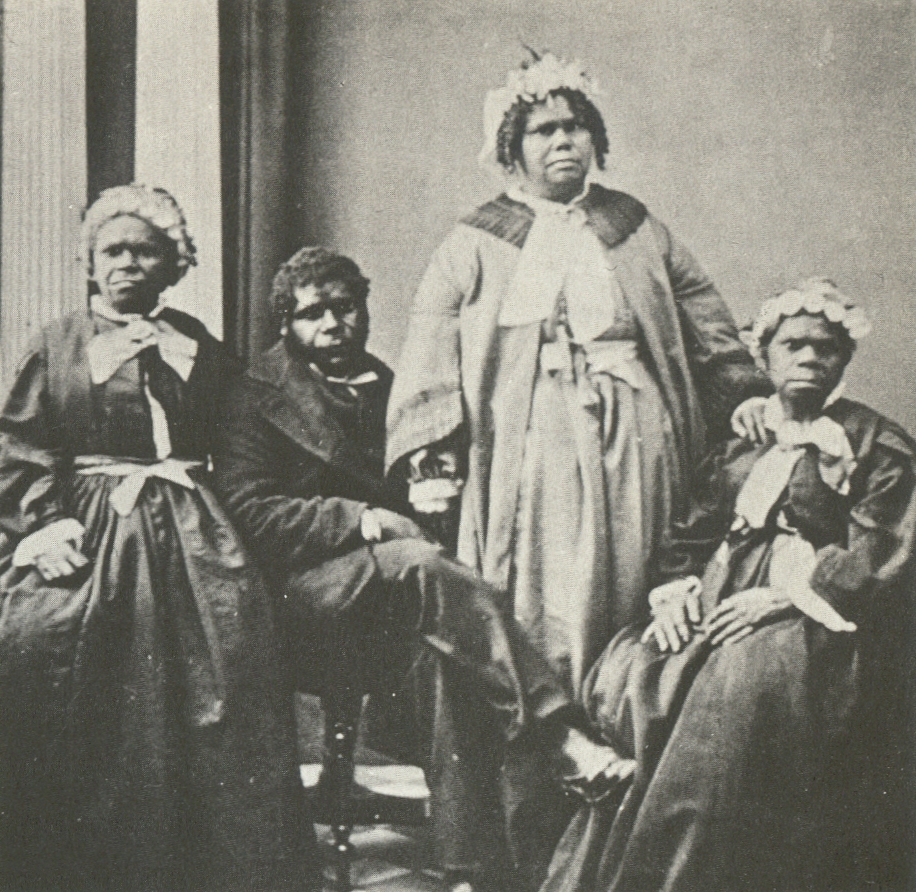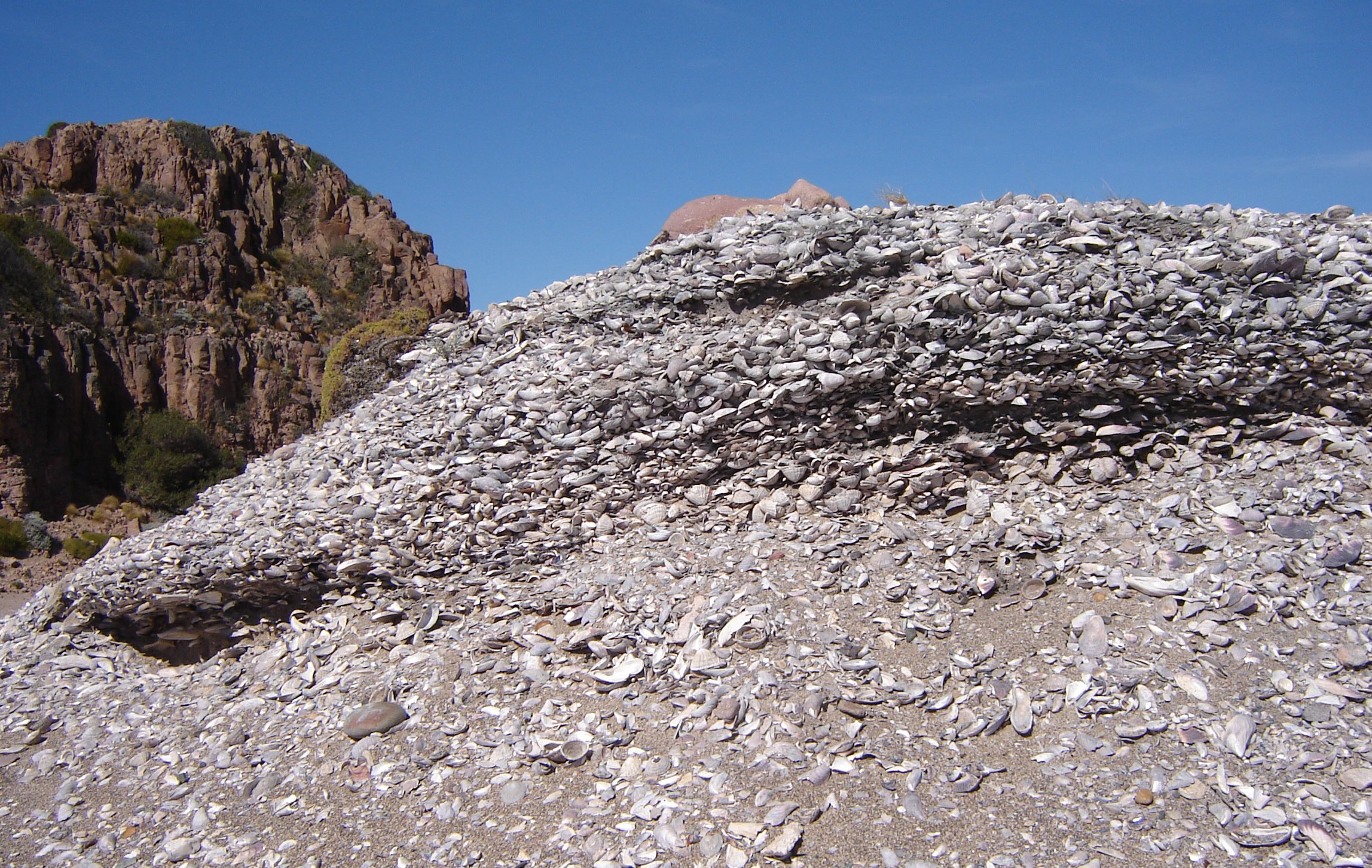|
Toogee People
The Toogee were an Aboriginal Tasmanian people who lived in Western Tasmania, Australia, before European settlement. Their Toogee people included Macquarie Harbour. The Toogee consisted of two different bands, the Lowreenne and Mimegin. They made stone tools, including those from Darwin Glass, a natural glass formed from a meteorite impact. The archeological record for this region goes back to 20,000 years ago with relics found in the Kutikina Cave. They also left behind middens of shells along the coast. The people living to the north near the Pieman River were the Peternidic band, and to the south near Port Davey was the Ninene. A geological feature south of Tasmania is named after them, the Toogee sub basin. This is in the northernmost part of the South Tasman Rise The South Tasman Rise is an area of seafloor that lies 550 km south of Hobart, Tasmania in the Southern Ocean where water depths are about 1,500 metres. The South Tasman Rise is also known as the Tasma ... [...More Info...] [...Related Items...] OR: [Wikipedia] [Google] [Baidu] |
Aboriginal Tasmanian
The Aboriginal Tasmanians ( Palawa kani: ''Palawa'' or ''Pakana'') are the Aboriginal people of the Australian island of Tasmania, located south of the mainland. For much of the 20th century, the Tasmanian Aboriginal people were widely, and erroneously, thought of as being an extinct cultural and ethnic group that had been intentionally exterminated by white settlers. Contemporary figures (2016) for the number of people of Tasmanian Aboriginal descent vary according to the criteria used to determine this identity, ranging from 6,000 to over 23,000. First arriving in Tasmania (then a peninsula of Australia) around 40,000 years ago, the ancestors of the Aboriginal Tasmanians were cut off from the Australian mainland by rising sea levels c. 6000 BC. They were entirely isolated from the outside world for 8,000 years until European contact. Before British colonisation of Tasmania in 1803, there were an estimated 3,000–15,000 Palawa. The Palawa population suffered a dr ... [...More Info...] [...Related Items...] OR: [Wikipedia] [Google] [Baidu] |
Western Tasmania
The West Coast of Tasmania is mainly isolated rough country, associated with wilderness, mining and tourism. It served as the location of an early convict settlement in the early history of Van Diemen's Land, and contrasts sharply with the more developed and populous northern and eastern parts of the island state. Climate The west coast has a much cooler and wetter climate when compared to the east coast. Frequent low pressure systems hit the west coast causing heavy rain, snow, and ice. The West Coast Range blocks these systems from impacting the east, therefore making the West Coast a rain catchment with some areas receiving over of rain a year. In winter temperatures at sea level hover around , and when not raining, morning frost is common. The temperatures are much lower inland from the coast with maximums in winter often failing to surpass . Typically, the snow line in winter is around 900 metres (3000 ft), however sea level snow falls several times each winter a ... [...More Info...] [...Related Items...] OR: [Wikipedia] [Google] [Baidu] |
Macquarie Harbour
Macquarie Harbour is a shallow fjord in the West Coast region of Tasmania, Australia. It is approximately , and has an average depth of , with deeper places up to . It is navigable by shallow-draft vessels. The main channel is kept clear by the presence of a rock wall on the outside of the channel's curve. This man-made wall prevents erosion and keeps the channel deep and narrow, rather than allowing the channel to become wide and shallow. A reported Aboriginal name for the harbour is ''Parralaongatek''. The harbour was named in honour of Scottish Major General Lachlan Macquarie, the fifth Colonial Governor of New South Wales. History James Kelly wrote in his narrative ''First Discovery of Port Davey and Macquarie Harbour'' how he sailed from Hobart in a small open five-oared whaleboat to discover Macquarie Harbour on 28 December 1815. However, different accounts of the journey have indicated different methods and dates of the discovery. In the commentary to the ''Historica ... [...More Info...] [...Related Items...] OR: [Wikipedia] [Google] [Baidu] |
Darwin Glass
Darwin glass is a natural glass found south of Queenstown in West Coast, Tasmania. It takes its name from Mount Darwin in the West Coast Range, where it was first reported, and later gave its name to Darwin Crater, a probable impact crater, and the inferred source of the glass. Occurrence Fragments of Darwin glass are found scattered over a 410 km2 (160 miles squared) area. Such an area is called a strewn field. On slopes and flat ground between 250 and 500 m elevation, the glass occurs with quartzite fragments buried under peat and soil. The peat is normally around 20 cm thick, and the quartzite fragment horizon is typically 30 cm thick. On mountain peaks higher than 500 m, the bedrock is directly exposed to the air, and Darwin glass occurs occasionally on the surface. In valleys below 220 m the Darwin glass is buried below peat and sediments. The glass occurs north, west and south from the crater. Its distribution extends to Kelly Basin and the lower nort ... [...More Info...] [...Related Items...] OR: [Wikipedia] [Google] [Baidu] |
Kutikina Cave
Kutikina Cave (or Kuti Kina or Fraser Cave) is a rock shelter located on the Franklin River in the South West Wilderness, a World Heritage Area in the Australian state of Tasmania. Originally referred to as Fraser Cave, it was important in the establishment of the antiquity and range of Aboriginal occupation in Tasmania during the Pleistocene. Archaeological results The cave was discovered in 1977 by geomorphology student, Kevin Kiernan and investigated by a team led by archeologists Don Ranson and Rhys Jones in the 1980s. Excavations were undertaken in 1981 by Jones and Kiernan at the height of the protests over the proposed Franklin Dam construction. The cave has important archaeological deposits relating to human occupation in the Pleistocene, with evidence of wallaby hunting at a time the landscape was an open tundra and it was the most southerly human occupation in the world during the last ice age. The archaeological evidence showed that this was one of the richest arte ... [...More Info...] [...Related Items...] OR: [Wikipedia] [Google] [Baidu] |
Midden
A midden (also kitchen midden or shell heap) is an old dump for domestic waste which may consist of animal bone, human excrement, botanical material, mollusc shells, potsherds, lithics (especially debitage), and other artifacts and ecofacts associated with past human occupation. These features provide a useful resource for archaeologists who wish to study the diets and habits of past societies. Middens with damp, anaerobic conditions can even preserve organic remains in deposits as the debris of daily life are tossed on the pile. Each individual toss will contribute a different mix of materials depending upon the activity associated with that particular toss. During the course of deposition sedimentary material is deposited as well. Different mechanisms, from wind and water to animal digs, create a matrix which can also be analysed to provide seasonal and climatic information. In some middens individual dumps of material can be discerned and analysed. Shells A ... [...More Info...] [...Related Items...] OR: [Wikipedia] [Google] [Baidu] |
Pieman River
The Pieman River is a major perennial river located in the west coast region of Tasmania, Australia. Course and features Formed by the confluence of the Mackintosh River and Murchison River, the Pieman River rises in what is now known as Lake Rosebury, an artificial lake formed by the Bastyan Dam. The river flows generally west and northwest and then west again, joined by 21 tributaries including the Mackintosh, Murchison, Marionoak, Ring, Wilson, Stitt, Huskisson, Stanley, Heemskirk, Paradise, Owen Meredith, Savage, Whyte and Donaldson rivers before emptying into Hardwicke Bay and reaching its mouth in the Southern Ocean. The river descends over its course. The river is impounded at Bastyan by the Bastyan Dam (and adjacent hydroelectric power station to form Lake Rosebury; and at Reece by the Reece Dam (and adjacent hydroelectric power station to form Lake Pieman. Both reservoir and power stations from part of the Hydro Tasmania-operated Pieman River Power Devel ... [...More Info...] [...Related Items...] OR: [Wikipedia] [Google] [Baidu] |
Port Davey
Port Davey is an oceanic inlet located in the south west region of Tasmania, Australia. Port Davey was named in honour of Thomas Davey, a former Governor of Tasmania. Port Davey is contained within the Port Davey/Bathurst Harbour Marine Nature Reserve, the Melaleuca to Birchs Inlet Important Bird Area and the Southwest National Park, part of the Tasmanian Wilderness World Heritage Area. The Toogee name of the port is ''Poynduc''. Location and features Port Davey lies between the Southern Ocean and Bathurst Harbour, which is linked by the Bathurst Channel. The inlet leads north into Payne Bay, fed by the Davey River, with Payne Bay being defined by the features of Davey Head to the west, and Mount Berry to the east. The eastern aspect from Joe Page Bay to Bathurst Harbour is sheltered from the Roaring Forties that buffet the south and west coasts of Tasmania by a narrow part of the inlet that effectively makes the land to the south a peninsula. The north–south ranges o ... [...More Info...] [...Related Items...] OR: [Wikipedia] [Google] [Baidu] |
South Tasman Rise
The South Tasman Rise is an area of seafloor that lies 550 km south of Hobart, Tasmania in the Southern Ocean where water depths are about 1,500 metres. The South Tasman Rise is also known as the Tasmania Ridge or South Tasmania Ridge. The South Tasman Rise is a sunken landbridge that used to connect Tasmania to Antarctica. Exploration of this oceanic region has taken place via sonar, gravity field, magnetic field, a few drill holes and deliberate or accidental dredging of rocks up to the surface. Geology The rise forms a northern extension from the Macquarie-Balleny Ridge which extends to the subantarctic Balleny Islands. To east of the rise is the Tasman Basin, while the South Australian Basin extends westwards, south of the Great Australian Bight. The rise contains a number of seamounts, some of which have flat summits, indicating exposure above the sea surface at some time. The rise most probably originates from subsided continental crust that fragmented as Australia ... [...More Info...] [...Related Items...] OR: [Wikipedia] [Google] [Baidu] |
Toogee Language
Southwestern Tasmanian, or Toogee, is a possible aboriginal language of Tasmania. It is the most poorly attested known variety of Tasmanian, and it is not clear how distinct it was. It was apparently spoken along the west coast of the island, south of Macquarie Harbour. Southwestern Tasmanian is attested from a single word list, collected in Port Davey by George Augustus Robinson from the Ninenee Tribe of the Bathurst Harbour area. There are 131 words, but some of these may be from Southeastern Tasmanian languages. The data are consistent with a Western Tasmanian language, but were not clean enough to allow classification by Bowern (2012);Claire Bowern, September 2012, "The riddle of Tasmanian languages", ''Proc. R. Soc. B'', 279, 4590–4595, doi: 10.1098/rspb.2012.1842 Dixon & Crowley (1981) had likewise left it alone. History The Toogee were Tasmanian aborigines that lived in Western Tasmania, Australia, before European settlement. Their area of inhabitation included Mac ... [...More Info...] [...Related Items...] OR: [Wikipedia] [Google] [Baidu] |



